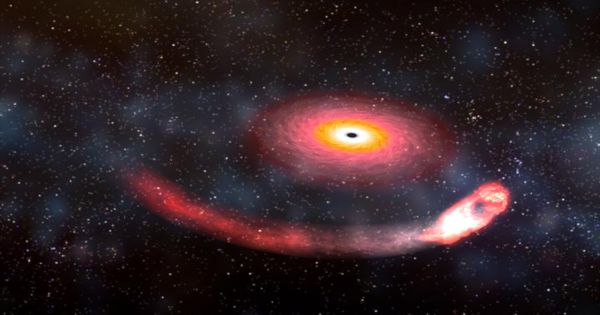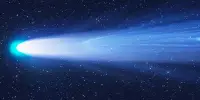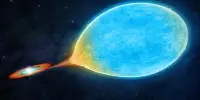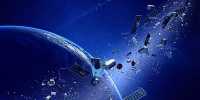Researchers have observed space waves coming from the final interaction of merging into a black hole and a neutron star for the first time, detecting them only once or twice in a few days. These are the first confirmed detections of this kind and show something very strange: black holes completely swallow up their neutron stars. The first merger, GW 2001, was detected in January, 2020, between three of the Earth’s gravitational wave observation centers. It appears to have a mass nine times larger than our Sun and consistent with a black hole that weighs 1.9 solar masses, the weight of a neutron star. Second, GW200105, three LIGO and Verzo detectors detected only 10 days later and observed a black hole about six times the mass of the Sun and one and a half times that mass with neutron stars.
According to The Astrophysical Journal, the two identities began in two galaxies about 900 million light-years from Earth. The team said that no light emission was detected from these phenomena, suggesting that neutron stars did not separate due to the merging of two objects when the black holes were shaped. Co-author Professor Susan Scott from the Australian National University said in a statement, “These collisions have shaken the universe to its core and we have identified the motives they send through glory.”
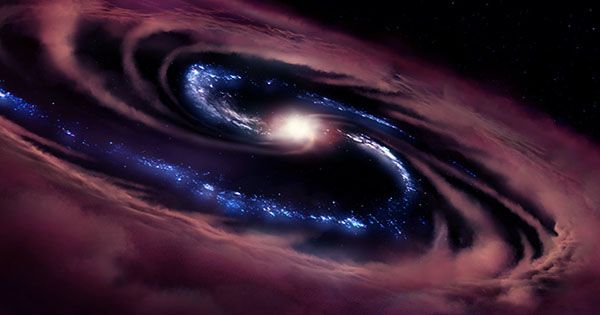
“Every collision is not just a combination of two large and dense objects. It’s not really like a packman, a black hole whose ally the neutron star has completely swallowed. These are significant events and we’ve been waiting a long time to see them. It’s incredible.” Black holes and neutrons of this size are both the final product of supernovae, the explosive final stages in the life of the largest stars. Both are extreme objects and we still do not fully understand either. Gravitational waves have helped.
The identification of the connection between two black holes and two neutron stars has expanded our knowledge, but a collision between a black hole and a neutron star is “an elusive missing piece of the family picture of the composition of a compact object,” said study co-authors in the Northwest who graduated.
